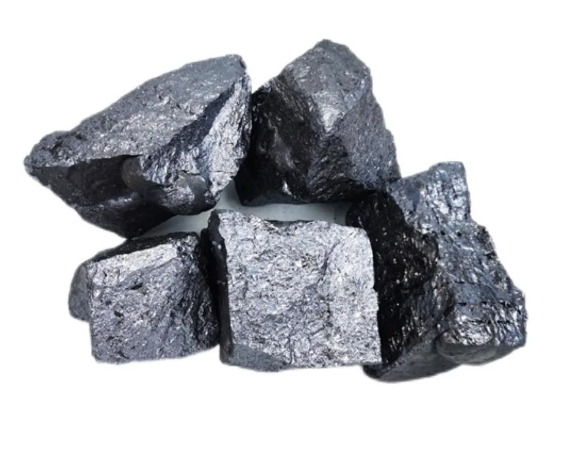
In the realm of steelmaking, calcium serves as a crucial deoxidizer, playing a vital role in enhancing the purity and quality of steel. This article explores the significance of calcium as a deoxidizer, focusing on its mechanism, benefits, and impact on steel properties. Understanding the role of calcium in deoxidation enables steel manufacturers to optimize their processes, increase productivity, and produce high-quality steel that meets the stringent demands of various industries.
Calcium deoxidation occurs when calcium is added to the molten steel during the steelmaking process. Calcium has a strong affinity for oxygen, and it readily reacts with the dissolved oxygen present in the steel melt. This reaction results in the formation of calcium oxide (CaO) and other compounds, which effectively scavenge and remove the oxygen from the steel. By deoxidizing the steel, calcium prevents the formation of undesirable oxide inclusions and enhances the steel's purity.

The use of calcium as a deoxidizer offers numerous benefits in steelmaking. Firstly, it improves the cleanliness and purity of the steel by reducing the oxygen content. The removal of oxygen minimizes the formation of oxide inclusions, which can adversely affect the steel's mechanical properties. Additionally, calcium deoxidation helps prevent the re-oxidation of alloying elements, maintaining their intended chemical composition and preventing potential defects.
Calcium deoxidation also contributes to the refinement of non-metallic inclusions. The presence of calcium in the steel melt promotes the formation of stable calcium oxide-based inclusions, which have a more favorable morphology and are easier to remove during subsequent refining processes. This results in cleaner steel with reduced inclusion content, enhancing its quality and performance.
The use of calcium as a deoxidizer has a significant impact on the properties of the steel. Firstly, it enhances the mechanical properties of the steel, including its strength, toughness, and ductility. The removal of oxygen and the refinement of inclusions contribute to the formation of a fine-grained microstructure, which improves the steel's mechanical performance. Additionally, calcium deoxidation helps reduce the risk of defects such as porosity and brittleness, leading to improved structural integrity and reliability of the steel.
Calcium deoxidation also influences the steel's response to subsequent heat treatments and processing. By minimizing oxygen content, it reduces the potential for decarburization and surface defects during heat treatment, ensuring the steel retains its desired composition and properties.
To maximize the benefits of calcium deoxidation, careful process optimization and control are crucial. Steel manufacturers must consider factors such as the amount and timing of calcium addition, reaction conditions, and refining techniques. Precise control of these parameters ensures efficient oxygen removal and consistent deoxidation across the steel melt. Advanced process monitoring techniques, such as thermodynamic calculations and in-line sensors, aid in real-time control and adjustment, allowing for optimization of the calcium deoxidation process.
Calcium's role as a deoxidizer in steelmaking is vital for achieving high-purity and high-quality steel. Its ability to remove oxygen and refine inclusions enhances the steel's mechanical properties, cleanliness, and overall performance. By optimizing the calcium deoxidation process, steel manufacturers can produce clean steel that meets the stringent requirements of diverse industries. Understanding and harnessing the benefits of calcium deoxidation contribute to the continual advancement of the steel industry and the production of superior-quality steel products.

Write a Message